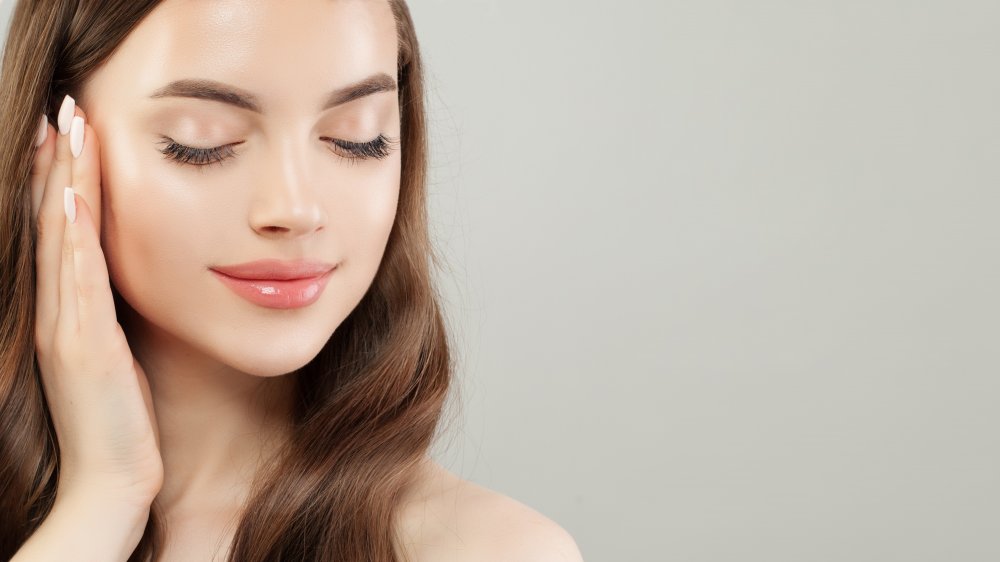Do Facial Steamers Really Work And Are They Safe?
If facials are your thing, but you neither have the time (nor budget) to head to your favorite spa on a regular basis, this may be a good time to look into picking up a home-use personal steamer. And while some of us might consider a steamer a waste of time and a potential hazard, professionals beg to differ because they don't cost much and are easy to use.
New York City dermatologist Dennis Gross tells Elle, "By steaming, you've primed your face for exfoliation and targeted treatments. Ingredients like retinol and vitamin C will absorb deeper into the skin for even better results."
Gross also recommends a serum and a moisturizer after a steaming session. "Hyaluronic acid is your best option," he notes. "When you put on a moisturizer after steaming, you're locking in the hydration. Those millions of molecules that were brought to your skin are now locked in."
How to use your steamer safely
The steamer is a safe gadget to use, but before using your steamer, Healthline suggests you read the instructions that come with it (because let's face it, how many of us do?). The site warns that a steam burn causes more damage a burn caused by boiling water, so it is important to play by the rules and follow the directions carefully.
Make sure you fill the steamer with the amount of water required. Goss advises using distilled water for this, "because tap water can have heavy metals that can affect the integrity of the steam itself," and to keep the device from getting contaminated by a bacterial build-up.
Keep your face between 5 to 10 inches away from the steam, and give yourself a minute break every two to three minutes to make sure your skin is adjusting properly to the steam and the heat. Also, steam just once a week, and for no longer than 10 minutes per session to get the most out of the experience.

